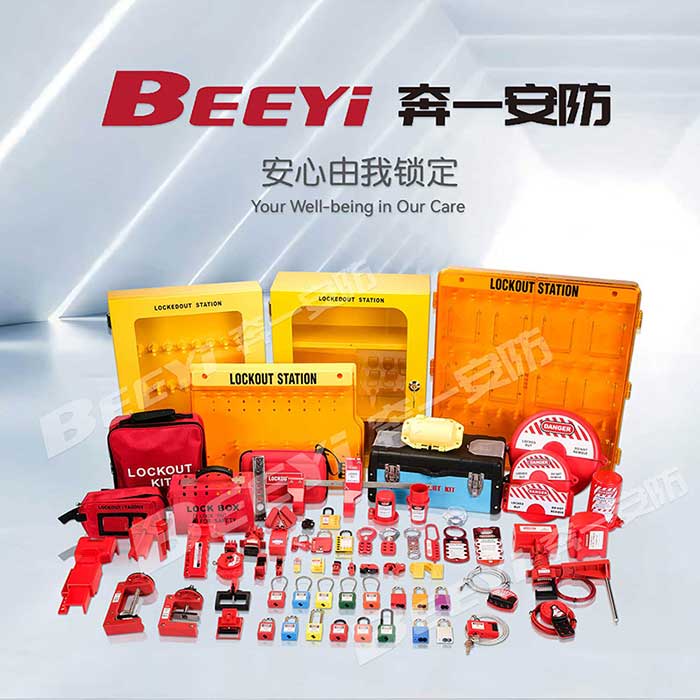In industrial environments, safety is paramount, particularly when dealing with hazardous equipment and machinery. One of the most important safety tools in these settings is the valve lockout device, which is used to prevent the accidental release of dangerous substances or energy during maintenance, repair, or service activities. By ensuring that valves are securely locked in a safe position, these devices protect workers from potential injuries or fatalities. In this article, we’ll explore what valve lockout devices are, how they work, and why they are critical for maintaining a safe workplace.

What is a Valve Lockout Device? A valve lockout device is a safety mechanism designed to secure a valve in a closed position, thereby preventing unauthorized or accidental activation. It is typically used during lockout/tagout (LOTO) procedures, which are safety protocols that require workers to physically lock and tag energy-isolating devices before performing maintenance on machinery or equipment. The valve lockout device itself is a physical barrier, often made of durable materials like plastic or metal, that fits around the valve handle or actuator. These devices are usually equipped with a lock or a padlock, which ensures that only authorized personnel can unlock or release the valve once the maintenance work is complete. In some cases, they may include a tag, providing clear visual indication that the valve is locked out and that it is unsafe to operate.